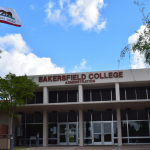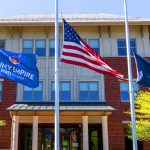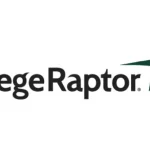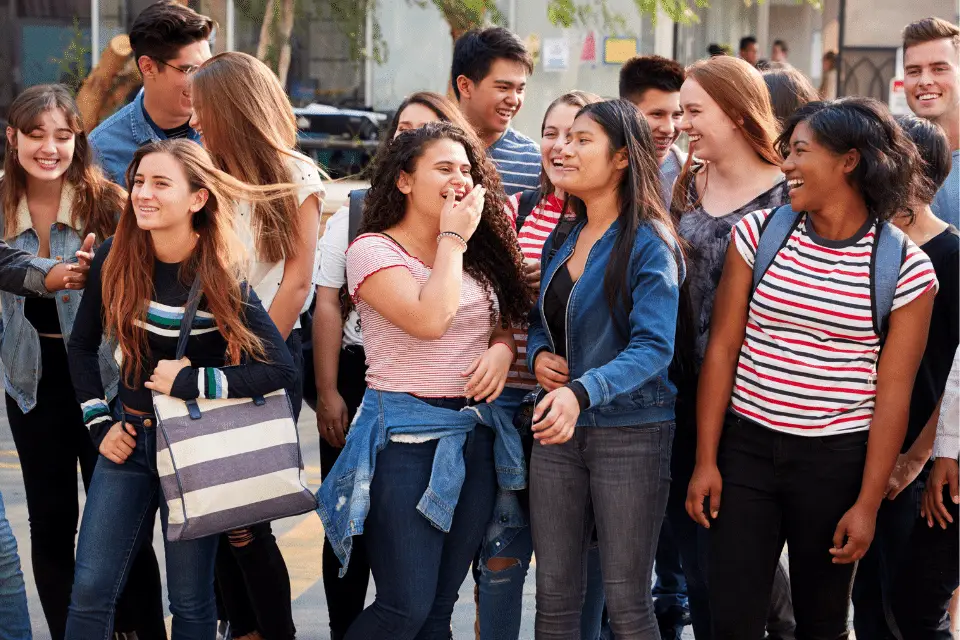Note: In part 1 of this 3 part blog series, we will cover the programs that were shared during our recent NASFAA session on access and equity. In part 2, we will cover specific resources and state-wide initiatives. In part 3, we will cover specific technologies that were shared.
“Education is the most important door that will ever open.” – President Lyndon B. Johnson, in signing the Higher Education Act of 1965
“There’s a saying, ‘People won’t care how much you know until they know how much you care.” – Nedra Robinson, Teacher, Education Week
“Small actions will prove to be incredibly important in building and sustaining relationships with your students.” – Tamera Musiowsky, Teacher, Education Week
As part of the recent 2021 National Student Financial Aid Administrators (NASFAA) Virtual Conference, held June 21-25, financial aid leaders from three different types of higher ed institutions shared best practices around specific financial aid programs and technology that support access and equity across all underserved student populations.
This session, attended by over 2,000 financial aid professionals, was particularly timely given the budgetary and financial pressures colleges face, coming out of the pandemic. College administrators are keen to learn from other financial aid leaders about best practices and initiatives that are making a positive impact toward access and equity goals.
Two key questions were posed at the start of the session as a way to kick off the discussion, with an eye toward providing attendees with specific insights into how they might tackle the access and equity challenges at their institutions:
“How can an institution provide enough proactive support to ensure each student is set up for success?”
“How can the financial aid office be a part of the solution in an ever-resource constrained world?”
Session presentations were made by: Chandra Gonzalez, Assistant Director in the Office of Scholarships and Financial Aid at the University of Houston, a large 4-year public university with over 38,000 undergraduates; Anthony Morrone, Director of Financial Aid at Nevada State College,a public college with roughly 5,000 students; and Kristin Milligan, Director of Financial Aid at College of the Desert, a public community college with roughly 10,000 students.
Highlights included:
At Nevada State College, a Hispanic-Serving Institution (HSI) where 47% of students receive a Pell Grant and its student body closely reflects the broader Las Vegas population, two notable programs were shared:
Nepanta #TeamNepantla
Fifty first-generation Latinx students are selected each year. It is a four-year commitment that includes a summer bridge program, a First Year Experience program, mentorship and community engagement. Bridge participants earn scholarships. Data was shared showing that the 3-year average of the first-year retention rate is 6% higher for students who participate in this program.
Sankofa @SankofaNSC
The Sankofa program includes mentorship by Black faculty and staff, local community members, and the NSC community. The Summer Bridge includes college access and academic success strategies, socio-economic supports, Black Las Vegas history, and financial literacy. Bridge participants earn scholarships. Graduate school research and preparation is also provided.
At the University of Houston, which is both a Hispanic-Serving Institution (HSI) and Asian American and Native American Pacific Islander-Serving Institution where 40% of students receive a Pell Grant, four notable programs were shared:
Urban Experience Program
Mentor programs for students who are educationally and economically underserved. This program includes financial, academic, mentoring and other support for students aging out of the foster care system.
Cougars in Recovery (CIR)
Mentor and counseling programs for students who are overcoming substance abuse. Over 150 UH students have been served by this program since 2015. CIR has 43 alumni. For fiscal year 2019, the average cumulative GPA for the CIR community was 3.23. The recovery rate is 98%.
LGBTQ Center
Empowers and creates a safe space for LGBTQ students. There is also Cougar Ally training. Over 1,200 students, staff, and faculty have attended Cougar Ally training. Over 40 students attend discussion groups. 15-20 close-knit students receive support through their Peer Mentoring Program.
Women and Gender Resource Center
The Center provides resources and support regarding gender equity, and also provides sexual misconduct support services.
At College of the Desert, a Hispanic-Serving Institution (HSI) serving the Coachella Valley of Riverside County in California where 61% of students receive a Pell Grant, three notable programs and resources were shared:
plEDGE Program
The plEDGE Program provides two-year free tuition and fees for high school graduates from Coachella Valley, and includes a Summer Bridge program. The program drives improved persistence and completion rates.
plEDGE to Complete
plEDGE to Complete provides free tuition and fees for previous students with 30+ units that have not completed a degree, certificate or 45 units from a regionally accredited institution.
Student Resource Centers and Caring Campus Initiative
College of the Desert invests in a number of support programs, including a Dreamer Resource Center, a Gender and Sexual Diversity Pride Center, a Black Student Success Center, in addition to its Caring Campus Initiative.
In Part 2, we will cover the specific resources and state programs that were shared that drive access and equity at these three institutions.















